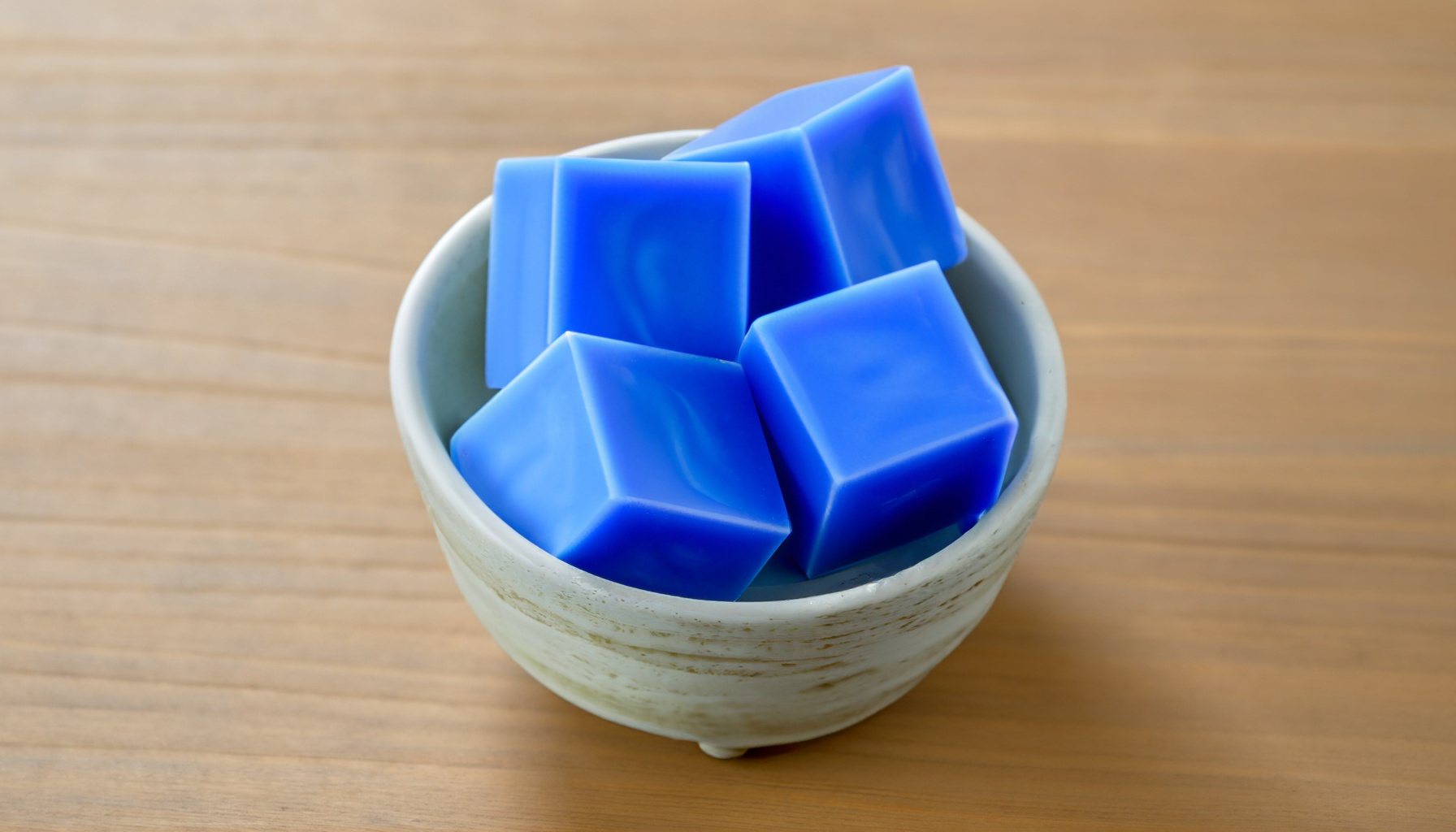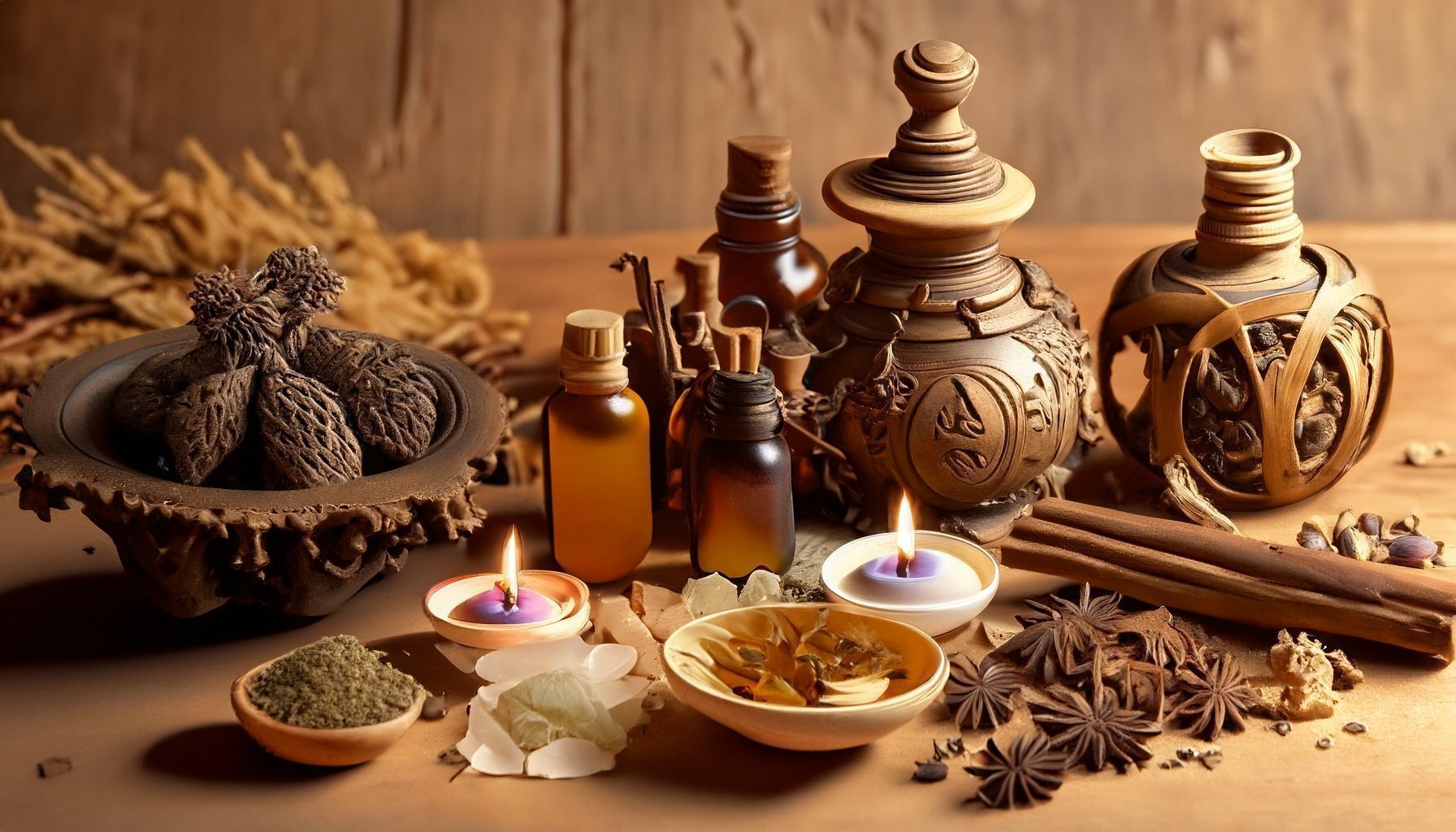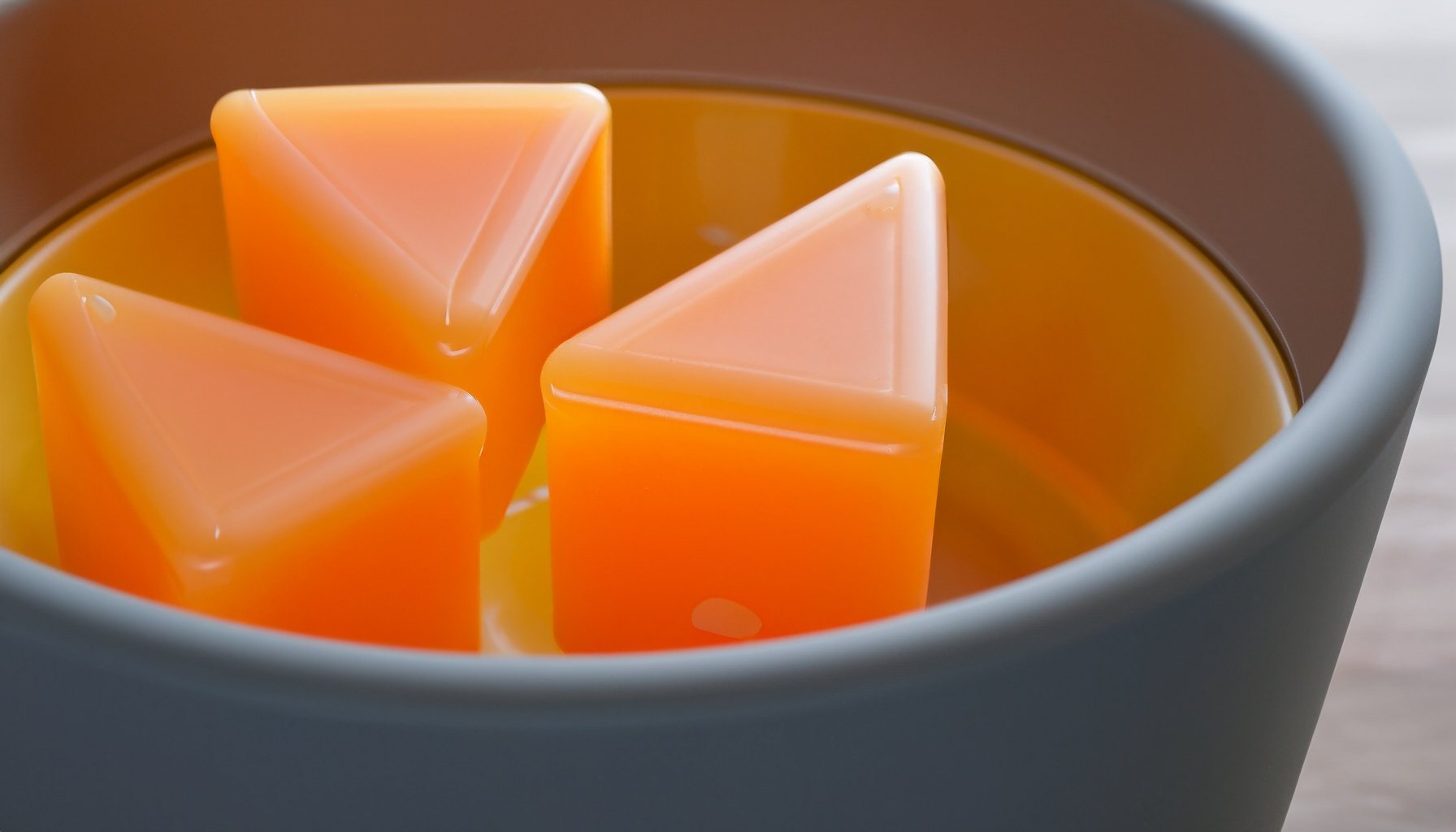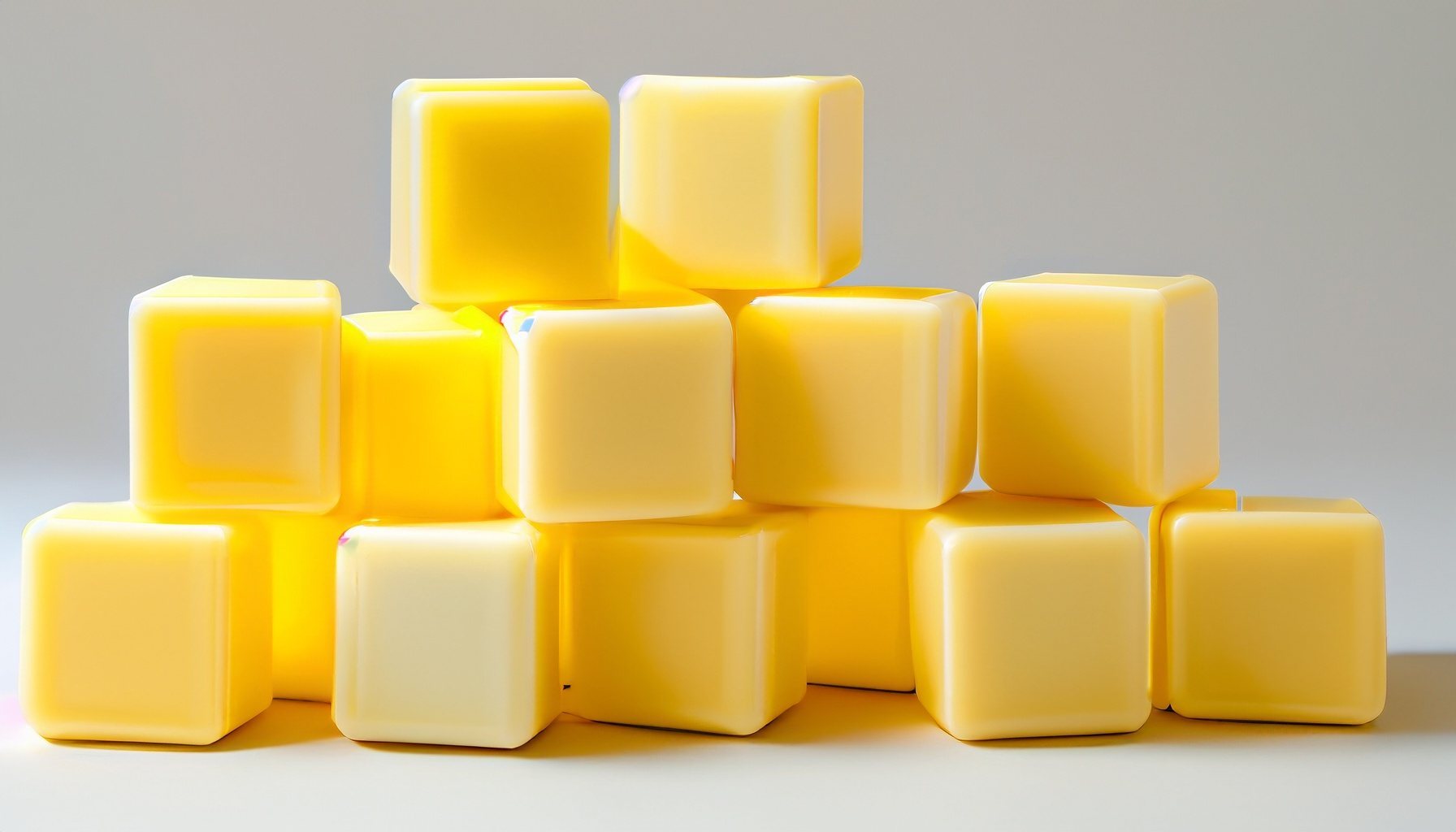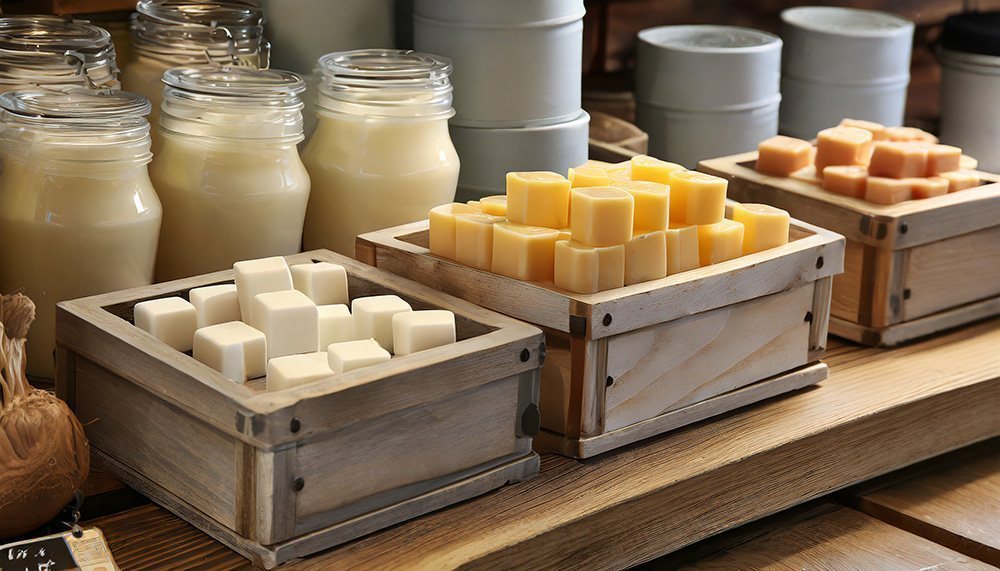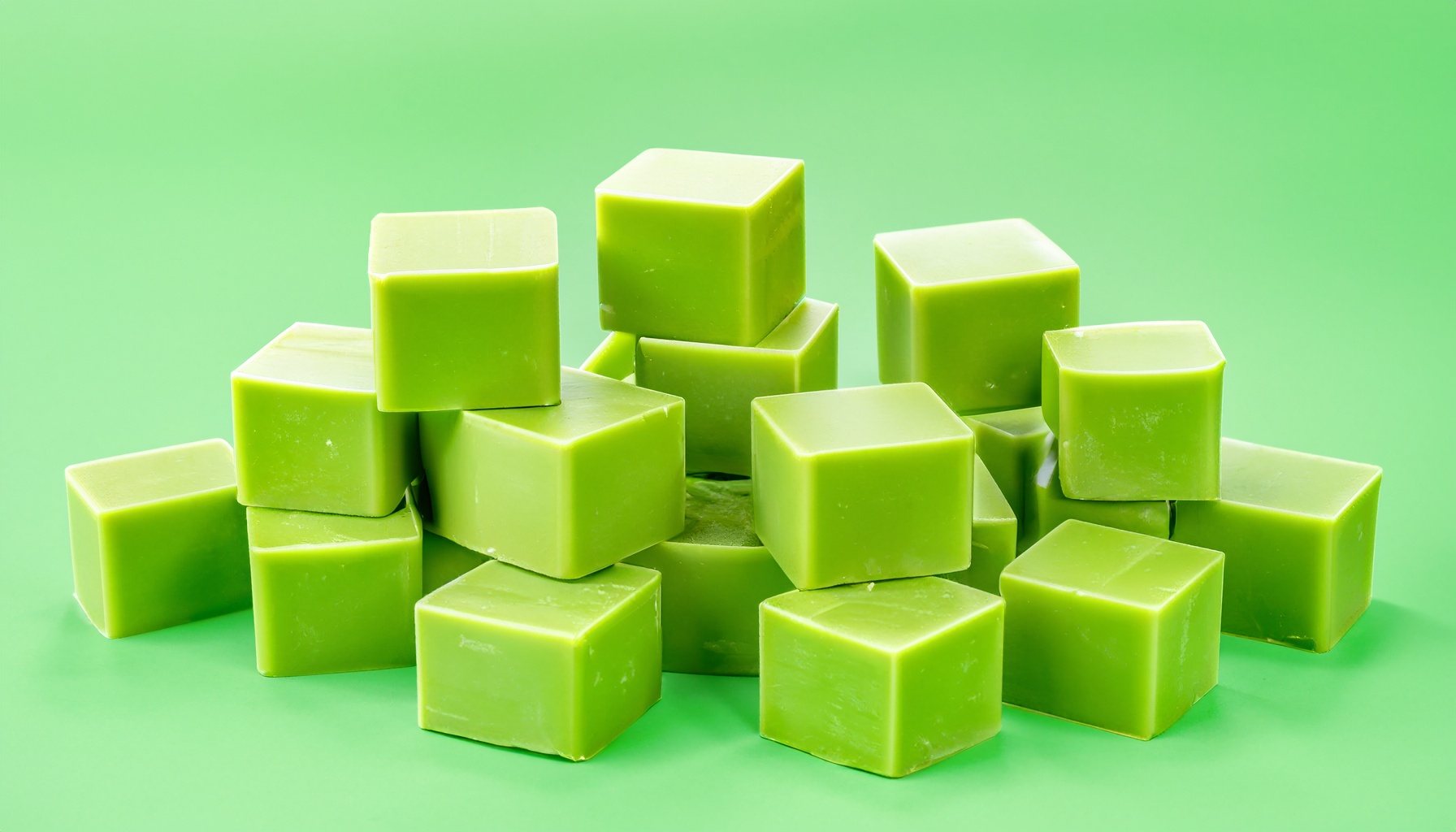
The term “better” can be subjective and dependent on the criteria you’re considering. Below, I will outline the pros and cons of soy wax melts to provide a comprehensive overview that might help in determining whether they are “better” based on various factors.
Pros of Soy Wax Melts:
1. Environmental Benefits:
- Renewable Resource: Soy wax is made from soybeans, a renewable resource.
- Biodegradable: Soy wax is natural and biodegradable.
2. Health and Safety Benefits:
- Non-Toxic: Generally, soy wax burns cleaner than paraffin and releases fewer toxins and soot.
- Lower Melting Point: They have a lower melting point, reducing the risk of burns.
3. Fragrance:
- Long-Lasting: Soy wax typically holds onto scents for a longer time, offering extended enjoyment of the fragrance.
4. Quality:
- Burn Cleaner: Soy wax doesn’t produce much black soot or residue.
- Even Melting: They tend to melt evenly, reducing wax wastage.
Cons of Soy Wax Melts:
1. Price:
- More Expensive: They can be more expensive upfront compared to paraffin wax melts.
2. Fragrance Intensity:
- Milder Scents: The scent throw might be milder than paraffin wax melts.
3. Appearance:
- Frosting: Soy wax can sometimes develop a frosty appearance, although this doesn’t affect performance.
Comparison with Paraffin Wax Melts:
Paraffin Wax Melts:
- Stronger Scent Throw: Can deliver intense fragrances.
- Less Expensive: Usually more cost-effective upfront.
- Non-Renewable: Made from petroleum, a non-renewable resource.
- Not Biodegradable: Not as eco-friendly.
Soy Wax Melts:
- Eco-Friendly: Made from a renewable resource and biodegradable.
- Cleaner Burn: Tends to release fewer toxins and soot.
- Longer Lasting Scent: Holds onto fragrances for a longer period.
In conclusion, whether soy wax melts are better depends on your priorities. If you are looking for an eco-friendly, non-toxic, and cleaner option, soy wax melts can be considered better. However, if you are looking for intensity of fragrance and cost-effectiveness, you might lean towards paraffin wax melts or explore other alternatives. Always consider the quality of the product, the sources of the fragrances used, and your specific needs and preferences when making a choice.

